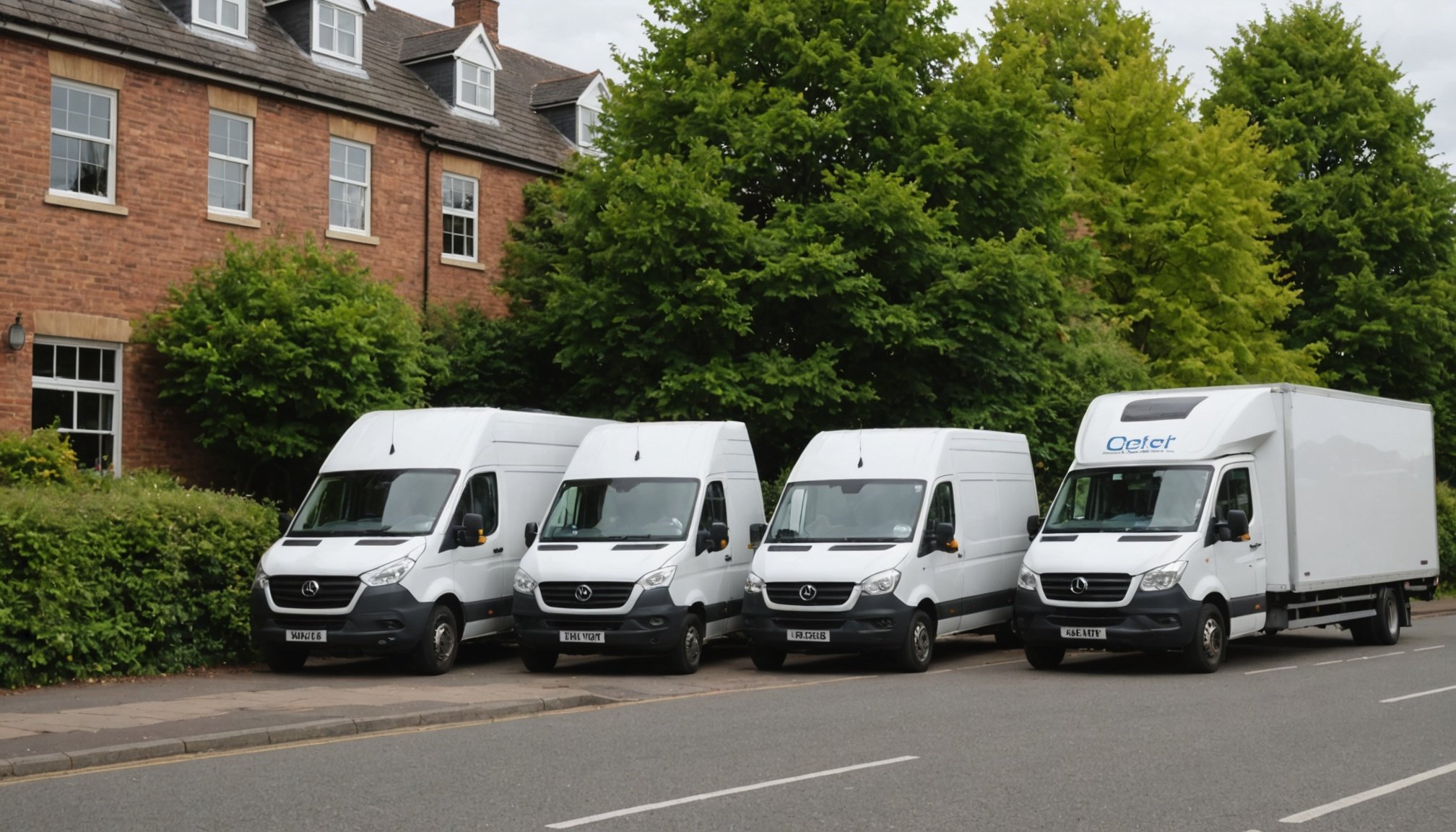Moving with multiple vehicles can be a daunting task. It requires careful planning, coordination and the right application of resources. Whether you’re a local business relocating your fleet or a family with multiple cars moving to a new home, shifting multiple vehicles is a complex matter. This article will provide a detailed plan to manage this transition smoothly, focusing on the United Kingdom context, but the principles can be applied universally.
Understanding the Local Laws and Regulations
Before starting the planning process, it’s crucial to understand local laws and regulations related to vehicle transport. The UK has stringent rules on car transportation, which vary by the type of vehicle and the specific location.
A lire aussi : How to manage food and perishables during a UK house move?
In addition to this, the development of electric vehicles has led to new regulations. The national government has been revising these rules continuously, emphasising the need for drivers to stay updated. For instance, charging your electric cars at public stations might require permits or subscriptions. Review the driving licenses required, emission standards, and other laws that could affect your move. To stay informed, regularly checking the government’s official site is advisable.
Coordinating the Travel and Emergency Preparedness
The next step in your planning process should be to outline the travel route and contingency plans in case of an emergency. The travel route should be planned ensuring the drivers are aware of the route, stops, and any potential roadblocks.
Avez-vous vu cela : Essential Steps to Safeguard Sensitive Legal Documents When Moving Homes in the UK
In the UK, unforeseen weather conditions can often cause delays. Hence, it is important to consider weather forecasts and plan accordingly. If you are moving multiple vehicles, using a GPS tracking system can help monitor all the vehicles and ensure they are on the correct route.
Emergency preparedness includes planning for vehicle breakdowns, accidents, or other unforeseen incidents. Having an emergency contact number for each driver, a first aid kit in each vehicle, and an emergency road assistance subscription are all excellent ways to prepare for any emergencies.
Planning for Vehicle Maintenance and Inspection
If you’re planning a long-distance move, it’s crucial to ensure that all vehicles are in good working condition. Prior to the move, each vehicle should undergo a thorough inspection. This will help identify any potential issues that could cause breakdowns during transit.
Consider scheduling service dates for all vehicles with a trusted mechanic before the trip. Make sure to check the oil levels, tyres, brakes, and battery. For electric vehicles, ensure the charging system is working correctly and the battery is fully charged. This thorough revision will not only ensure a smoother move but will also provide peace of mind to the drivers.
Hiring Professional Transport Services
If you’re moving a large number of vehicles, hiring professional transport services might be more cost-effective and efficient. These companies have the necessary equipment, trained drivers, and experience to handle the transportation of multiple vehicles. They also offer insurance coverage for the vehicles during transit.
When choosing a transport company, consider their reputation, services offered, and pricing. It’s also important to clarify whether they handle electric vehicles, as these require special handling and charging facilities.
Adapting to the Development of Electric Vehicles
With the rapid development in electric vehicles, moving them requires special attention. Charging these vehicles during transit is one of the main challenges. Proper planning is required with regards to the charging points along the route, as not all fuel stations in the UK offer electric charging facilities.
Another aspect to consider is the transportation of these vehicles. They weigh more than traditional vehicles due to the battery weight. Therefore, if you’re hiring a transport company, make sure they have the capability to handle electric vehicles.
In conclusion, moving with multiple vehicles in the UK requires careful planning and consideration. By understanding the local laws, coordinating the travel and emergency preparedness, planning for vehicle maintenance, considering professional transport services, and adapting to the development of electric vehicles, you can ensure a smooth and successful move.
Considering Environmental Impact and Sustainable Travel
As the world actively seeks to lessen its environmental impact, a crucial aspect to consider when planning to move multiple vehicles is how to do so sustainably. The UK has shown a strong commitment to reducing air pollution and promoting sustainable travel. It is, therefore, imperative to incorporate these considerations into your moving plan.
One way to reduce the environmental footprint of your move is to utilise public transport where possible. For example, drivers could take public transport back after delivering a vehicle to the new location, or even to the starting point, reducing the need for additional vehicles on the road. Also, consider scheduling the move to avoid peak traffic hours, which can lead to excessive idling and increased emissions.
For those moving electric vehicles, it is important to plan your route around charging stations to ensure efficient use of energy and time. The UK is rapidly expanding its network of charging stations. However, some areas might still have limited infrastructure for electric cars. Therefore, detailed planning and referencing a revised charging station map will help to avoid power shortages and unnecessary detours.
Obtaining Necessary Planning Permissions and Insurance
Planning to move multiple vehicles also requires ensuring that you have all necessary planning permissions and proper car insurance. Any significant movement of vehicles may require notifying local planning authorities, depending on the proposed development and the specific local regulations.
Regular communication with local authorities can help avoid potential legal issues. Ensure you follow up on any permission applications and always keep a copy of the permissions granted. Remember, it’s better to ask for permissions in advance than to face penalties or delays later on.
When it comes to insurance, it is crucial to verify if your current policy covers the trip, especially if you’re moving across different regions. In addition, you may also require breakdown cover. Check with your insurance provider and update your policy if necessary.
Conclusion
The task of moving multiple vehicles across the UK can be complex, but with proper planning and consideration of all factors, it can be managed efficiently. By understanding local laws, coordinating travel logistics, preparing for emergencies, ensuring vehicle maintenance, considering professional transport services, evaluating the environmental impact, and securing the necessary permissions and insurance, you can successfully navigate this process.
Whether you’re a business relocating its fleet, a family moving homes, or a car enthusiast with a numerous collection, your move can be made smoother by keeping these essential points in mind. As we progress towards a more sustainable and electric vehicle-friendly future, adapting to these changes is essential, not just for legal compliance but also for contributing positively to our environment.











